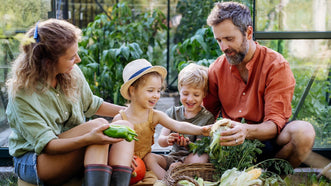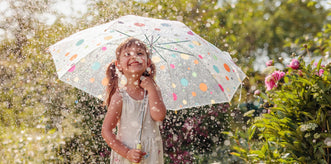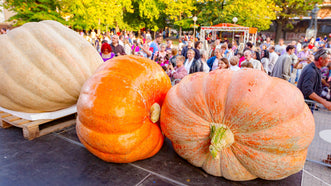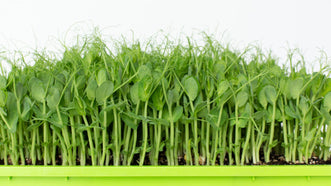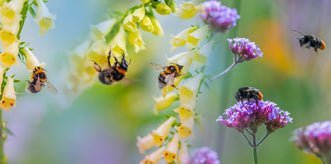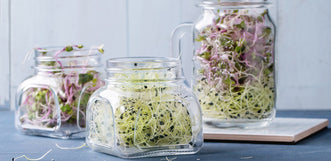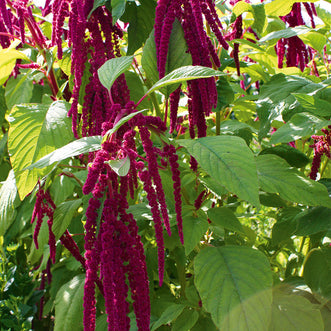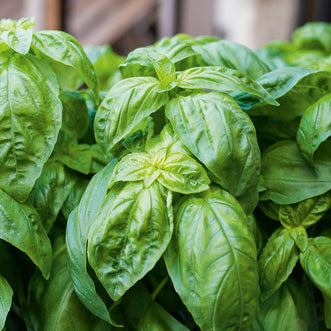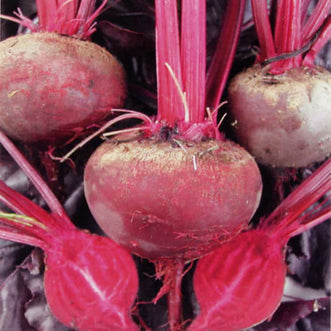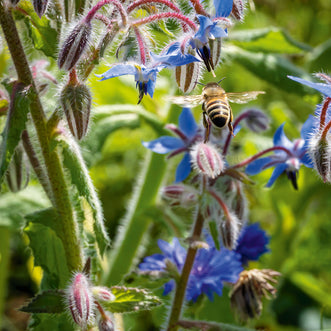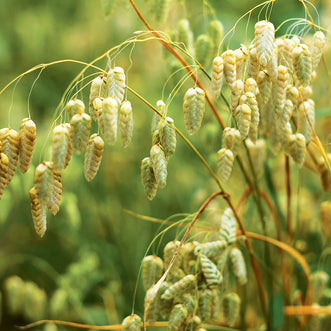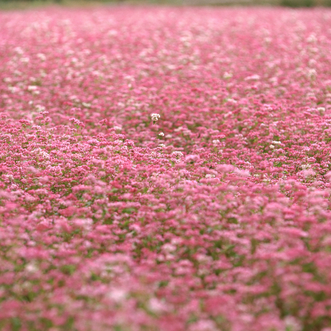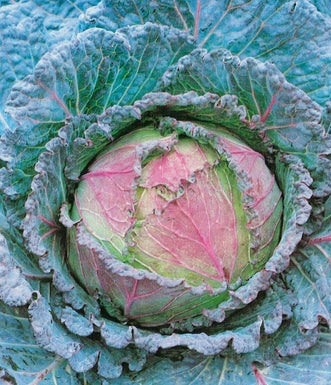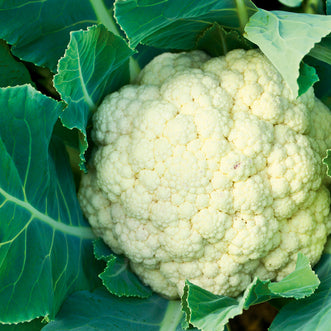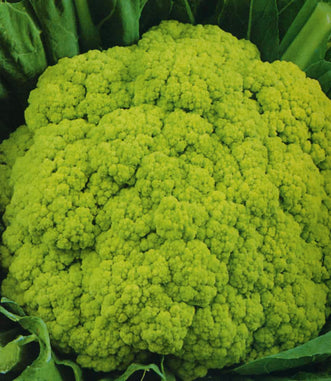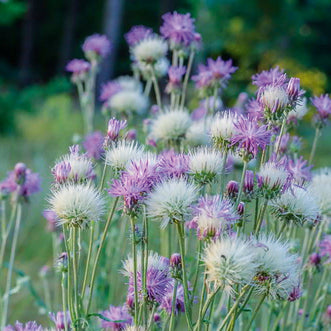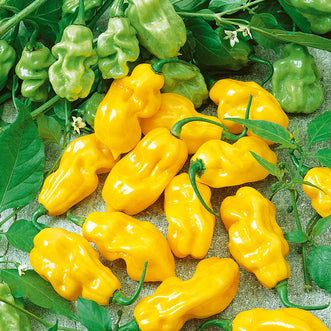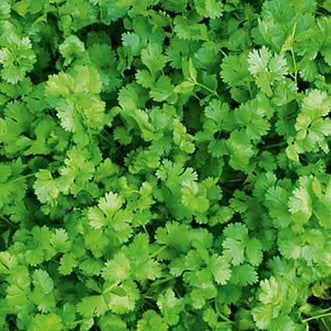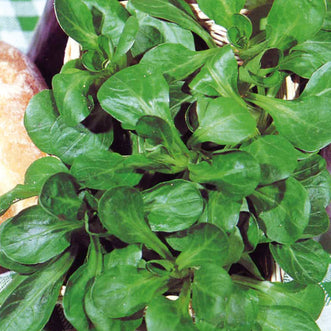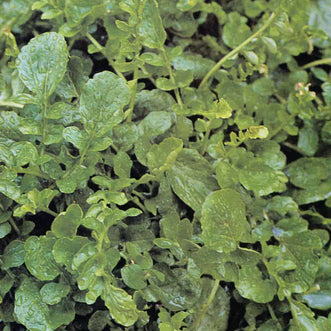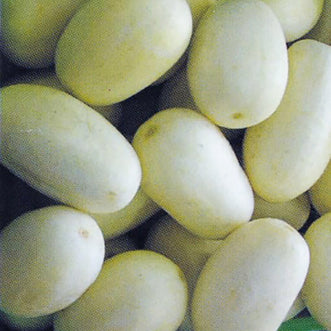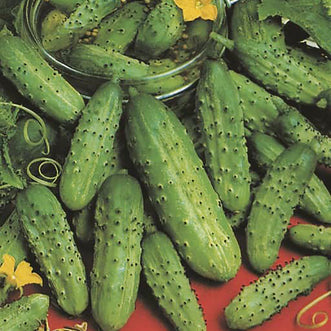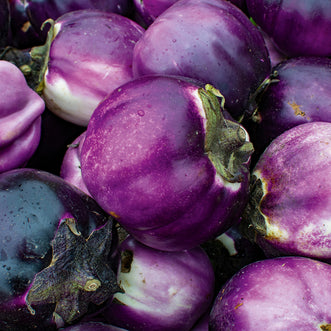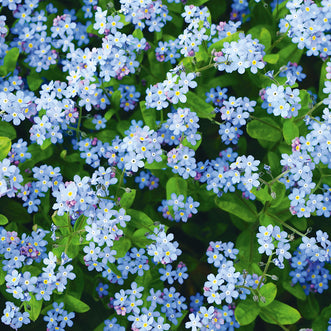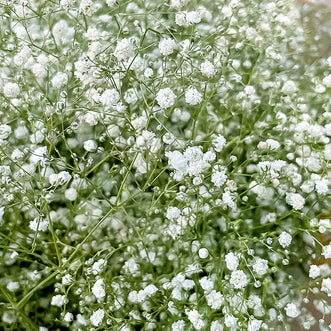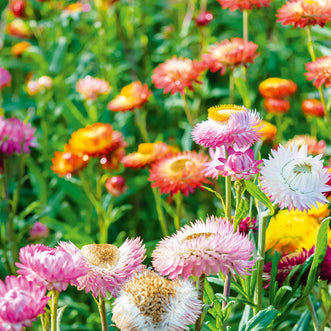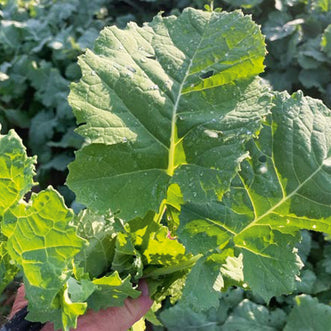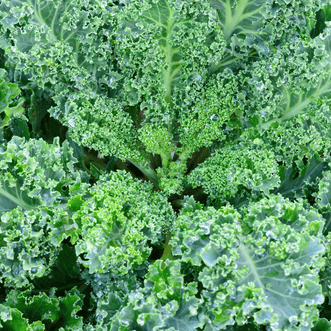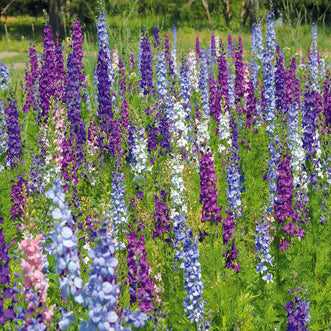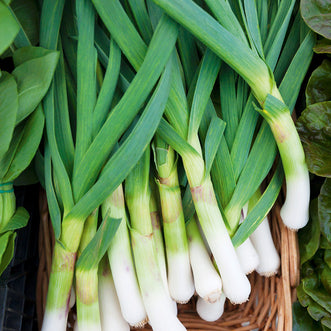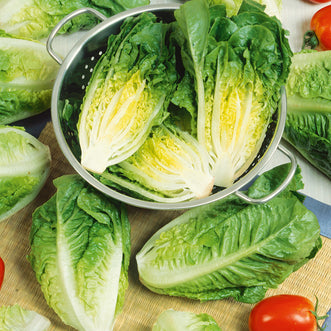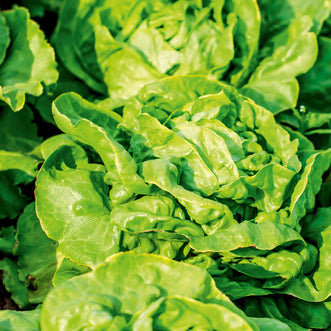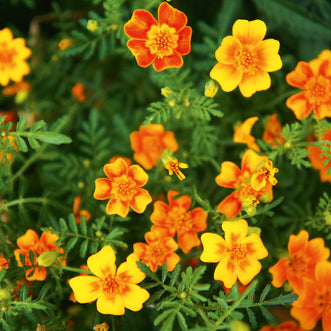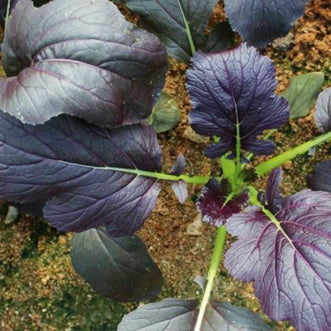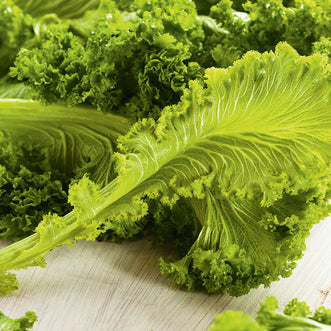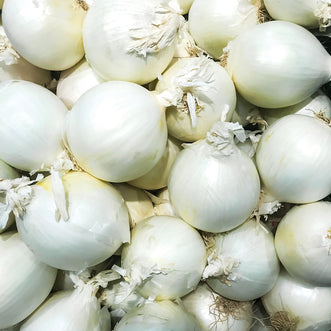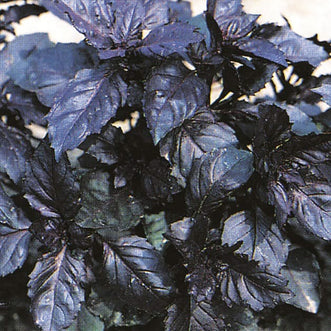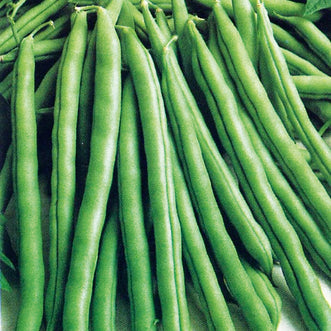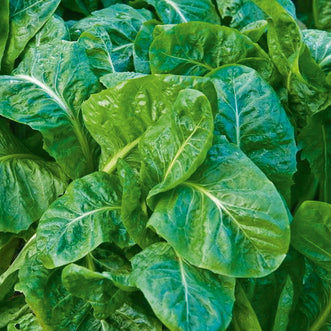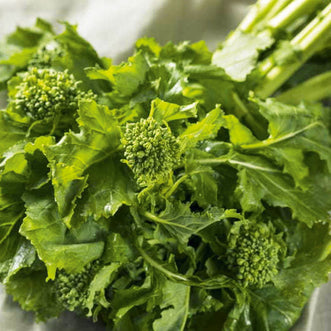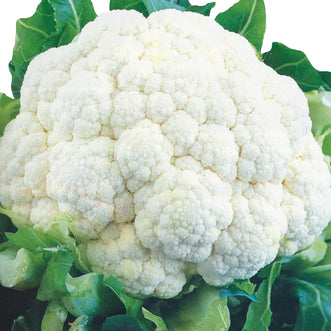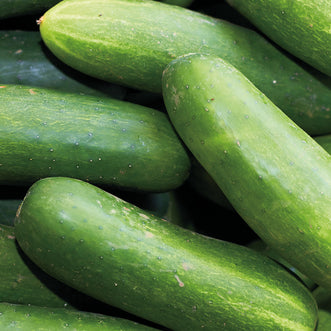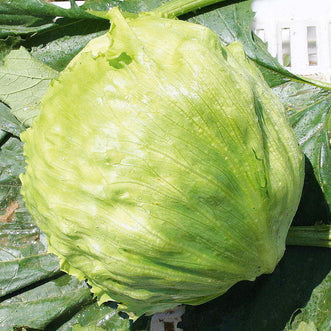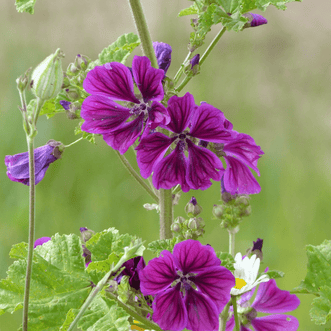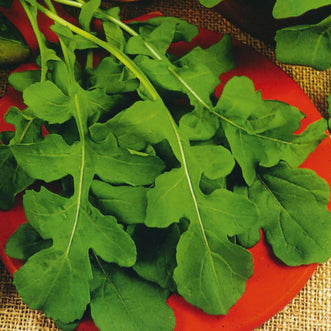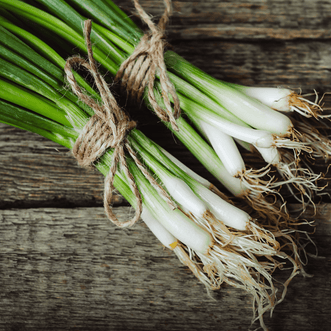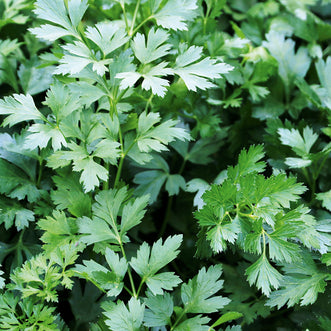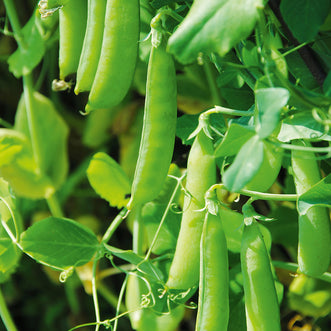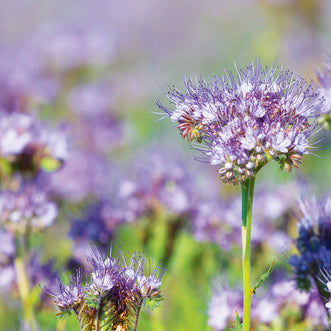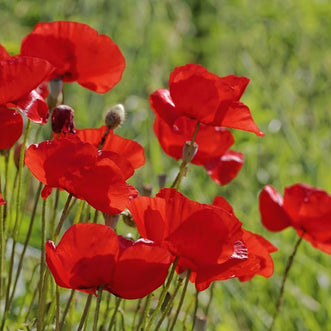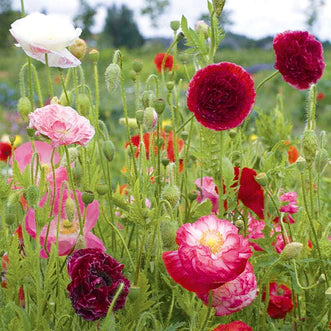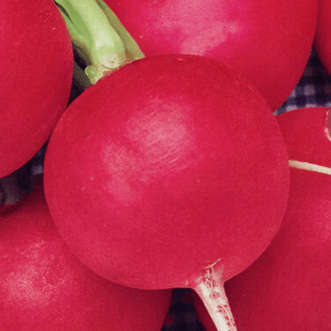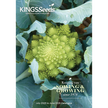All about the birds and the bees

HOW DO YOU ATTRACT BIRDS AND BEES TO YOUR BACKYARD?
Several years ago, our retired next door neighbour was downsizing his property and offered us the two hectare gully we overlook from our lounge window and front deck. The gully was reasonably steep in places, had only moderate fertility from a shortage of fertilizer over the years and also had its fair share of gorse and thistles. On the plus side, it lay well to the all-day sun, had a fresh water spring, a lot of potential and the price was within our budget.
We had a dream! To create a forest of beauty over which we could proudly gaze that also attracted and hosted the birds and bees. With that concept in mind, a landscape plan with a five-year timeline was drawn up to steadily develop it.
Firstly, after a new driveway was created, an all-weather track was bulldozed through it, keeping in mind that future grandchildren would probably enjoy mountain biking, so a few decent corners and drop-offs were included.

The hillside facing the lounge window was planted in all the New England style deciduous trees to create an autumn coloured patchwork with an assortment of Ash, Beech, Birch, Gingko, Magnolia, Maple and Scarlet Oak to name a few along with a line of ornamental Pear trees beside the driveway.

The hillside beneath our window falls quite steeply away out of our line of sight, so it was designated to be the patch that attracted the birds - tui, wood pigeon, fantail, morepork, bush robin, kingfisher, pheasant and quail. To achieve this, Tree Lucerne, native Flax, Manuka, Puriri, Kowhai, Banksia and Pohutukawa were planted.

Further down the valley, even further out of the line of sight, large blocks of Manuka and Tree Lucerne were established to serve as bee and bird food while doubling as nursery crops to protect young Kauri, Rewarewa, Rimu, Titoki and Totara.

Where the fresh water spring emerged, a pond was formed that would have reeds, sedges and flaxes around it to provide habitat for frogs and other small aquatic life. To date, my success with establishing a frog colony has been thwarted by the local population of kingfishers and Pukeko who treat the pond as a local restaurant. Plan B is to put some chicken mesh over sections of the pond to limit their dining places.

We’re now into the third year of the five-year plan and already we have a four-metre-high canopy of Tree Lucerne, bushy stands of Manuka (in which the bees go crazy), 3-4 metre tall specimen trees finding their feet and a steady chorus of birdsong that we didn’t have before.

Pheasants and quail have migrated in, equally enjoying both the long grassy patches I’ve left along with clearings under the trees to fossick for insects and have dirt baths. We have two resident kingfishers who appear on our front fence most evenings, their burrow is 10 metres down the bank in a spot I’m careful to give a wide berth.

The project is not without its ongoing challenges, common to many gardeners, I’m sure:
Noxious weeds – gorse, thistle and blackberry seem to be the ones that never really go away. You just keep digging them out or spraying them wherever they appear.
Paper wasps in summer are a nuisance but are easy targets for spraying in the morning and evening when they gather on their disks.
Kikuyu grass can be quite rampant over summer and will smother smaller trees if left to grow without restraint. Fortunately regular spraying controls most of it.
Heavy wind and rain - Mother Nature at her worst takes no prisoners and I have to accept that some trees will get blown over or washed out now and again.

All said and done, the effort is worth it as we enjoy the developing flora and fauna forest, changing an almost wasteland to a colourful and safe haven for creatures small and smaller.

